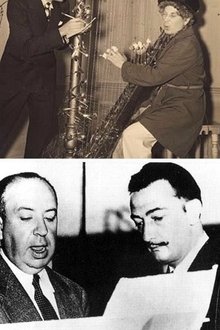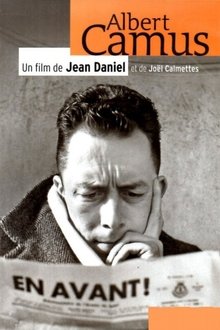George Clinton's somewhat absurdist take on Parliament-Funkadelic history. Features never-before-granted access to his archive and spotlights his alter egos and friends
Related Movies
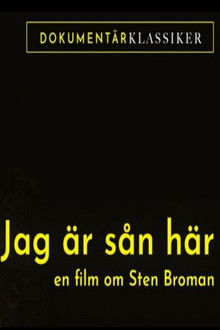
Jag är sån är: En film om Sten Broman (2011)
The well known host and entertainer, but also an eccentric who enjoyed reveal parts of himself on live TV. Behind Sten Broman's colorful costumes and his comic academic comments, there was a complicated picture hidden.

McCarthy (2020)
"McCarthy" chronicles the rise and fall of Joseph McCarthy, the Wisconsin senator who came to power after a stunning victory in an election no one thought he could win. Once in office, he declared that there was a vast conspiracy threatening America — emanating not from a rival superpower, but from within. Free of restraint or oversight, he conducted a crusade against those he accused of being enemies of the state, a chilling campaign marked by groundless accusations, bullying intimidation, grandiose showmanship and cruel victimization. With lawyer Roy Cohn at his side, he belittled critics, spinning a web of lies and distortions while spreading fear and confusion. After years in the headlines, he was brought down by his own excesses and overreach. But his name lives on linked to the modern-day witch hunt we call “McCarthyism.”

Nixon by Nixon: In His Own Words (2014)
From 1971 to 1973, Richard Nixon secretly recorded his private conversations in the White House. This film chronicles the content of those tapes, which include Nixon's conversations on the war in Vietnam, the Pentagon Papers leak, his Supreme Court appointments, and more--while also exposing shocking statements he made about women, people of color, Jews, and the media.

When the Garden Was Eden (2014)
This nostalgic sports documentary captures the New York Knicks at the height of their golden era during the 1970s, revealing in the process a singularly gifted and inspired team revered by its fans.
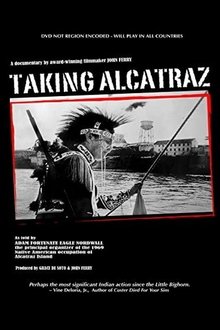
Taking Alcatraz (2015)
A documentary account by award-winning filmmaker John Ferry of the events that led up to the 1969 Native American occupation of Alcatraz Island as told by principal organizer, Adam Fortunate Eagle. The story unfolds through Fortunate Eagle's remembrances, archival newsreel footage and photographs.
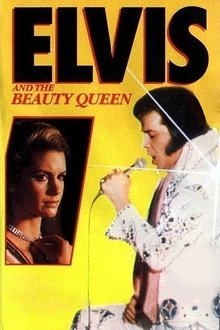
Elvis and the Beauty Queen (1981)
Don Johnson stars as Elvis Presley in this made-for-TV true story about The King's love affair with Linda Thompson (Stephanie Zimbalist), a young beauty pageant contestant who was his live-in girlfriend and traveling companion for the last four years of his life. The story begins with their first meeting and traces their years together when Thompson tried to keep Presley off drugs in the last years of his career.

Glen Campbell: I'll Be Me (2014)
A documentary film detailing Glen Campbell's final tour and his struggle with Alzheimer's disease.
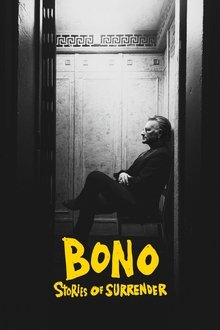
Bono: Stories of Surrender (2025)
Through words, music, and mischief, Bono pulls back the curtain on his deeply personal experiences that have shaped him as a son, father, husband, activist, and U2 frontman.

Silicon Valley, Baby. (2020)
Finnish award-winning barista Kalle Freese travels to San Francisco with his girlfriend to start an instant coffee start-up with big goals. At stake are Kalle's health, relationship and the newly formed start-up.
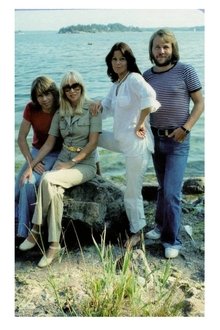
ABBA-dabba-doo (1976)
This first documentary about the pop group ABBA was made around the time of the release of their fourth album 'Arrival'. It contains unique archive footage filmed at the secret location where they made the record, concert footage, specially made promotional videos, photos from the group members' private collection and interviews in Swedish with each of them: Agnetha Fältskog, Björn Ulvaeus, Benny Andersson and Anni-Frid Lyngstad. Stig was also interviewed briefly and was shown playing and singing part of Tivedshambo on acoustic guitar.

Till minne av Gösta Ekman (2017)
The actor and director Gösta Ekman was one of Sweden's most popular artists. He was born 77 years ago straight into the Swedish acting elite. In this memory film, we start from the very last filmed interview that was done with Gösta.
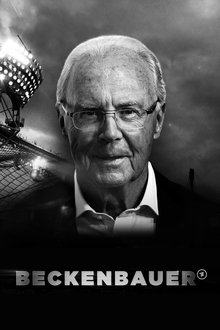
Beckenbauer (2024)
He is considered one of the most important athletes in football history. Franz Beckenbauer was the shining light of German football, won everything there was to win in club football as a player and coach, became world champion as a player and coach and, as the father of the "Summer Fairy Tale", brought the 2006 World Cup to Germany. He was also a pioneering advertising icon and an occasional singer and actor. The man whom everyone in his home country simply calls “Kaiser” shaped the image of the Federal Republic of Germany like no one else. The legendary footballer seems like a national treasure today, but little is known about the person behind the ball artist. Public knowledge of his private life is shaped by his long-term relationships with four women. The documentary, completed shortly before his death, uses archive material and prominent contemporary witnesses from sports, politics and entertainment to weave both facets into a look at a life's work with light and shadow.
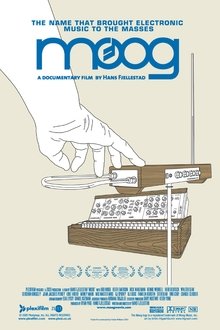
Moog (2004)
Best known as the inventor of the Moog synthesizer, Robert Moog was an American pioneer of electronic music, and shaped musical culture with some of the most inspiring electronic instruments ever created. This "compelling documentary portrait of a provocative, thoughtful and deeply sympathetic figure" (New York Times) peeks into the inventor's mind and the worldwide phenomenon he fomented.

Deep Water (2006)
DEEP WATER is the stunning true story of the fateful voyage of Donald Crowhurst, an amateur yachtsman who enters the most daring nautical challenge ever – the very first solo, non-stop, round-the-world boat race.

Stevie Wonder: A Musical History (2018)
Well-known fans celebrate Stevie Wonder and his music by selecting some of his best-loved songs. Wonder is one of the dominant figures in American music, a multi-faceted genius whose music has permeated popular culture, and he is not short of celebrity fans. His musical achievements are lauded in this anthology of his greatest hits. Contributors include actor Martin Freeman, singers Alexander O'Neal, James Morrison, Beverley Knight and Corinne Bailey Rae, New Order's Gillian Gilbert and Stephen Morris, DJs Ana Matronic, Trevor Nelson and Norman Jay, Heaven's 17's Glenn Gregory and Martyn Ware, journalist Sian Pattenden and presenter Emma Dabiri.



